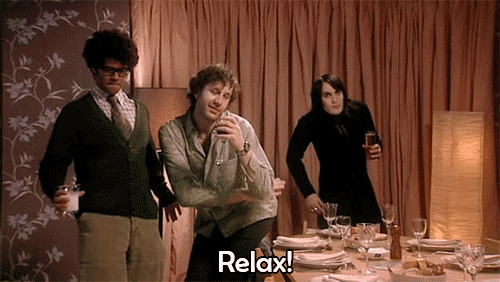9 Scientific Ways To Tell When Someone Is Lying
2. Forget What You Know About Body Language

A lot of the perceptionsout there about a liar's body language is pretty misguided or sometimes just straight up wrong.
Some of them are influenced by our instincts. For example, we're inclined to think that a liar will fidget and act shifty, however, it has been shown that liars actually stiffen their upper body when telling tall stories. We also think that they might avoid eye contact, perhaps to avoid allowing you a little peer into the windows to the soul, but actually, liars will often maintain a slightly creepy level of eye contact in an attempt to seem genuine and open.
Other little cues to look out for are an altered blink rate (faster or slower) and a lowered vocal tone. Liars might point their feet towards an exit or even place a barrier between you and them, such as a coffee cup or by placing a bag on their lap.
One of the more sinister cues to look out for is something that is known as a "duping delight". Although a lot of the hype around "microexpressions" is, by and large, a load of dingos' kidneys, there is a case for being able to spot "emotional leakage" in a liar.
Although we might expect liars to be stressed, sad, nervous or fidgety, the thing to look for is actually a display of relief or happiness. Once the lie is over and you appear to have bought it, the liar will feel a sense of relief and you might see a twitch of a smile flash across their face. Take a look at a video of Diane Downs, who shot her own children and claimed that a stranger had done it, to see a not-exactly-subtle case of duping delight.